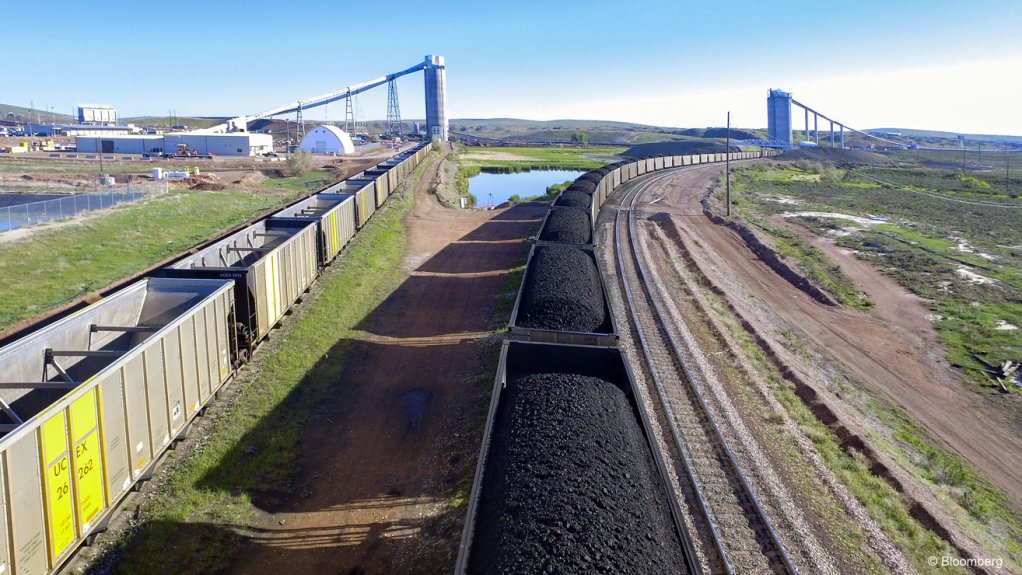
American coal production this year will swell 15% to meet stronger demand for electricity at home and abroad, according to the US Energy Department’s July outlook. That would be the most since at least 1990 and nearly double the 8% increase projected in May, when the economic rebound was still in earlier stages of recovery.
“Everything that could happen that’s positive from the demand standpoint is happening,” said Andrew Cosgrove, a mining analyst with Bloomberg Intelligence. “The stars are aligning.”
The outlook also is driving up mining company share prices. Peabody Energy, the biggest US coal producer, and rival Arch both hit 18-month highs this week. Consol Energy is trading near the highest since August 2019.
And the coal boom is unlikely to lose momentum anytime soon. As long as economic growth remains robust, so too will energy demand, according to Lucas Pipes, an analyst at B. Riley Securities.
Even though the fuel faces strong headwinds in the U.S. and Europe, where efforts to curb climate change are prompting utilities to close coal-fired power plants, global consumption is still increasing because of demand in Asia. And because suppliers aren’t opening new mines, prices are likely to remain high.
“I’m not seeing any changes in these trends,” said Pipes. “It bodes well for coal.”


